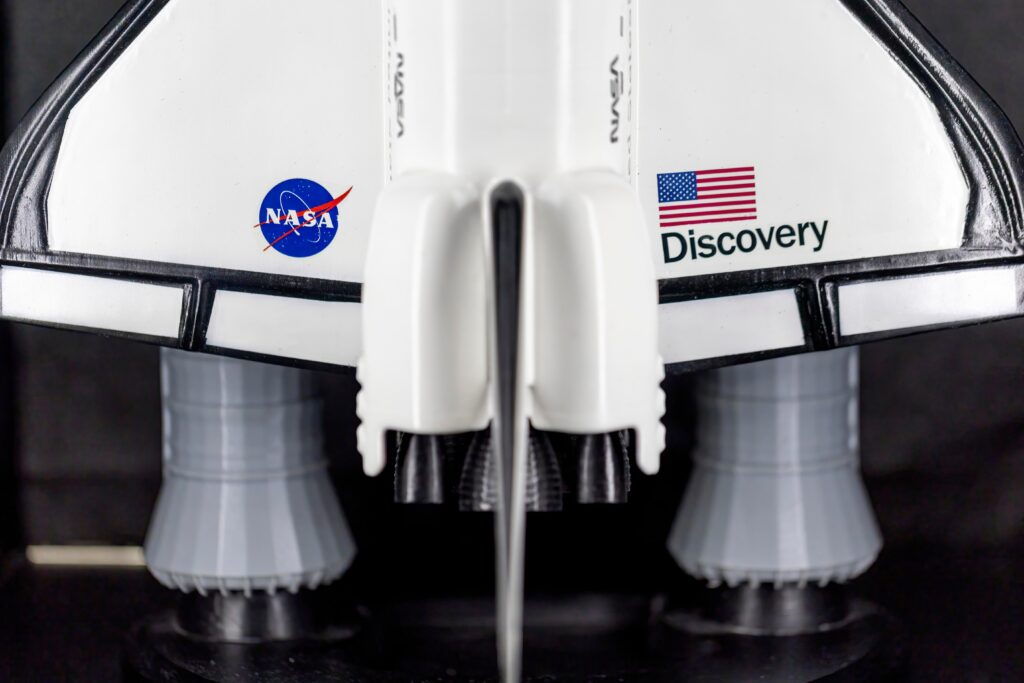NASA has postponed its plans to return astronauts to the Moon. The delay is to address a heat shield issue.
Bill Nelson, NASA’s chief, announced the second Artemis mission would now launch in April 2026. The mission was originally set for September 2025 but had already been pushed back from November this year.
The delay means a Moon landing will now occur no earlier than 2027, a full year later than expected. The problem stems from the heat shield returning from a previous test flight with excessive charring, cracks, and broken fragments.
Heat Shield Fix and Strategic Competition
Nelson emphasized that astronaut safety remains their top priority. “We do not fly until we are ready,” he stated at a news conference.
Engineers identified the issue and believe altering the capsule’s re-entry trajectory will resolve it. However, a thorough assessment will take time.
NASA is competing with China’s space agency, which also has plans to land astronauts on the Moon. Nelson remains confident Artemis will be the first program to land, despite delays.
The goal is to launch Artemis 3 by mid-2027. China has publicly stated its plans target 2030.
The delays put additional pressure on NASA’s Space Launch System (SLS), its primary rocket. Critics have called it costly and slow compared to SpaceX’s Starship rocket, which is cheaper, reusable, and advancing quickly.
President-elect Trump nominated billionaire Jared Isaacman to potentially replace Nelson as NASA’s leader. Isaacman, a close collaborator with Elon Musk, has funded two private space missions.
Experts, like Dr. Simeon Barber of the Open University, predict Isaacman’s leadership could shake up NASA’s approach. Barber suggests that Isaacman’s entrepreneurial mindset contrasts with the SLS’s outdated, expensive design.
The combination of Isaacman, Musk’s approach, and Trump’s administration could lead to significant operational changes at NASA.


